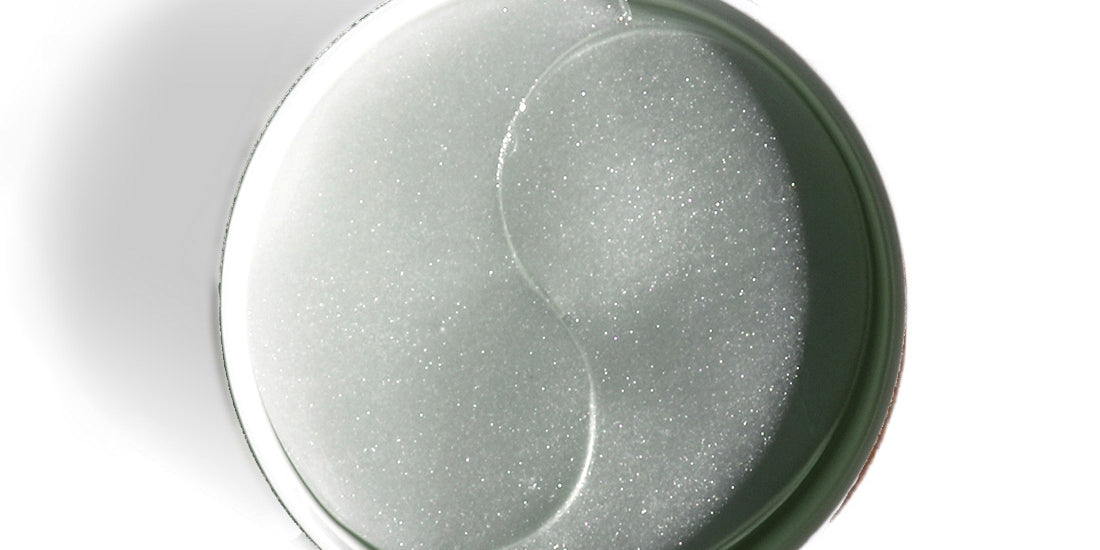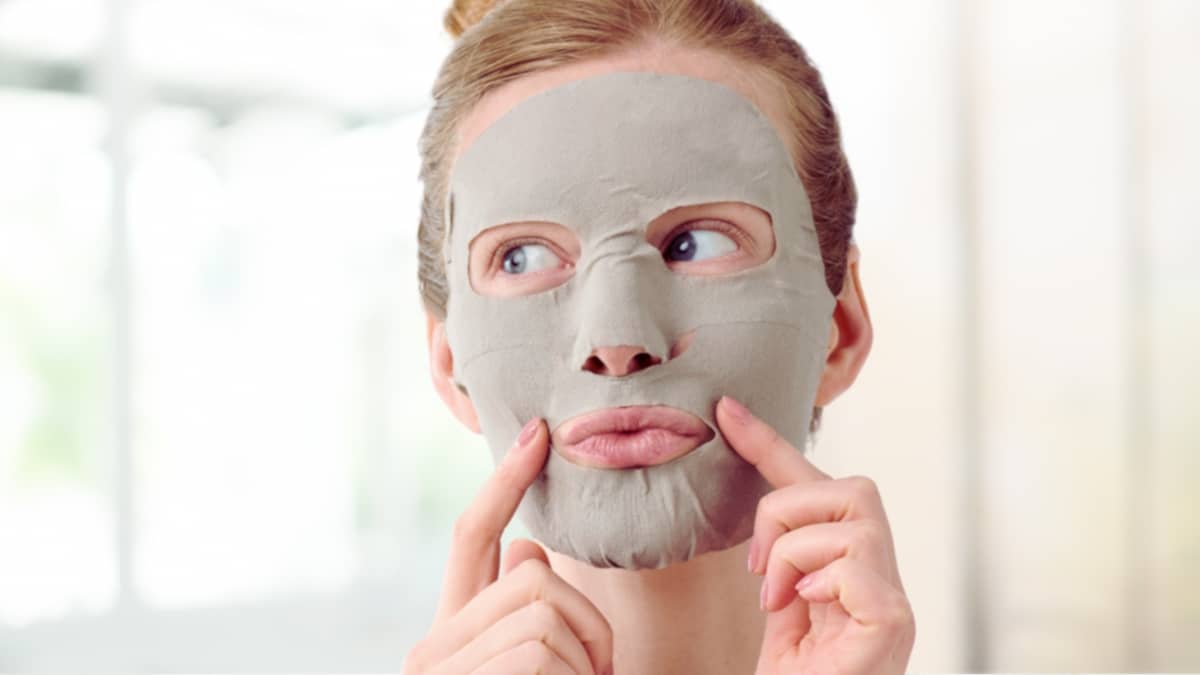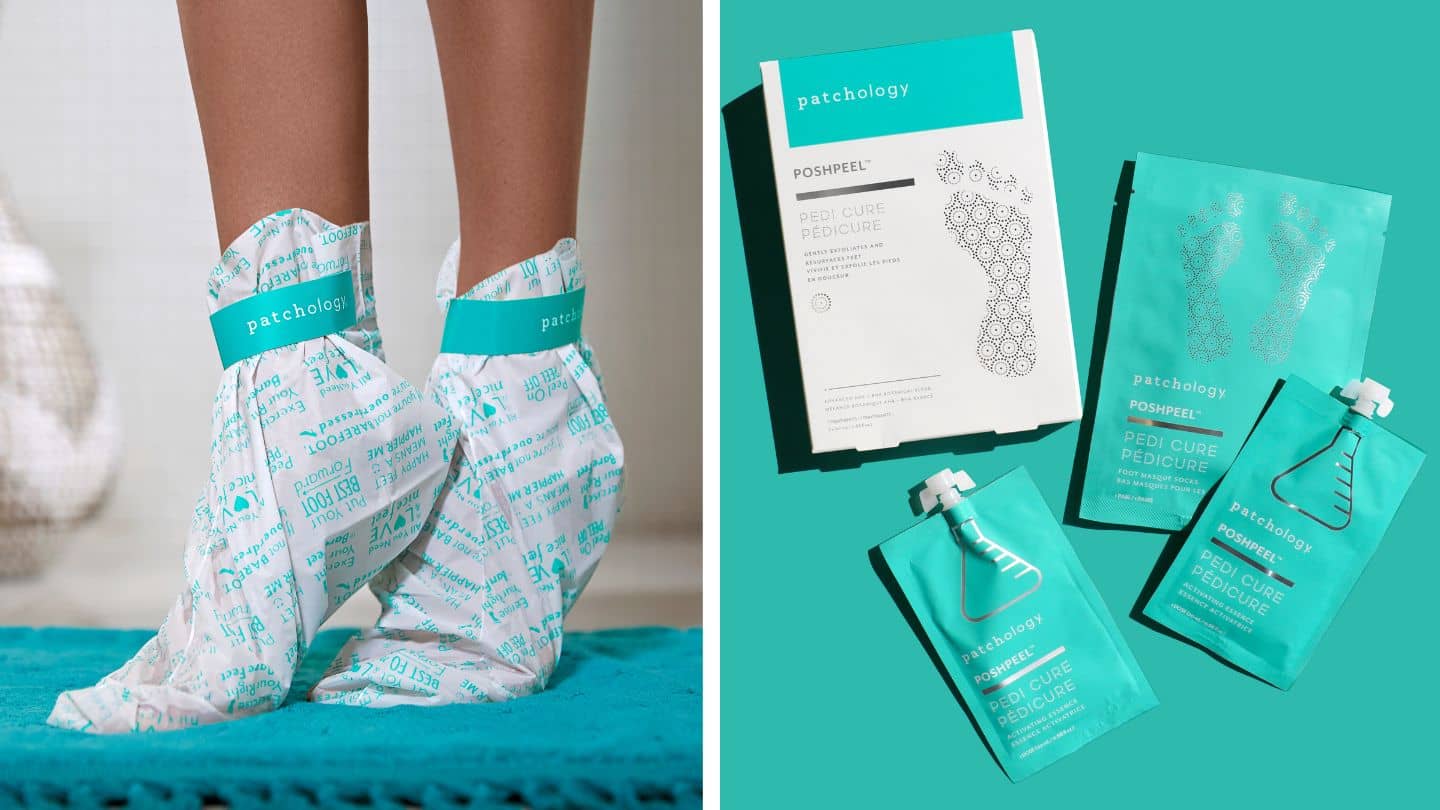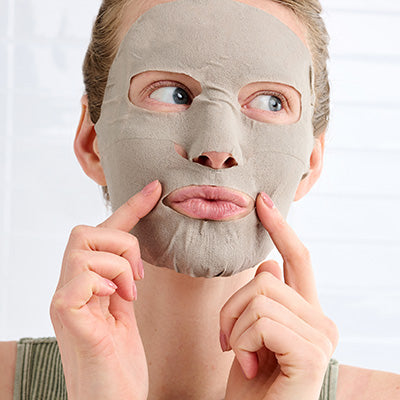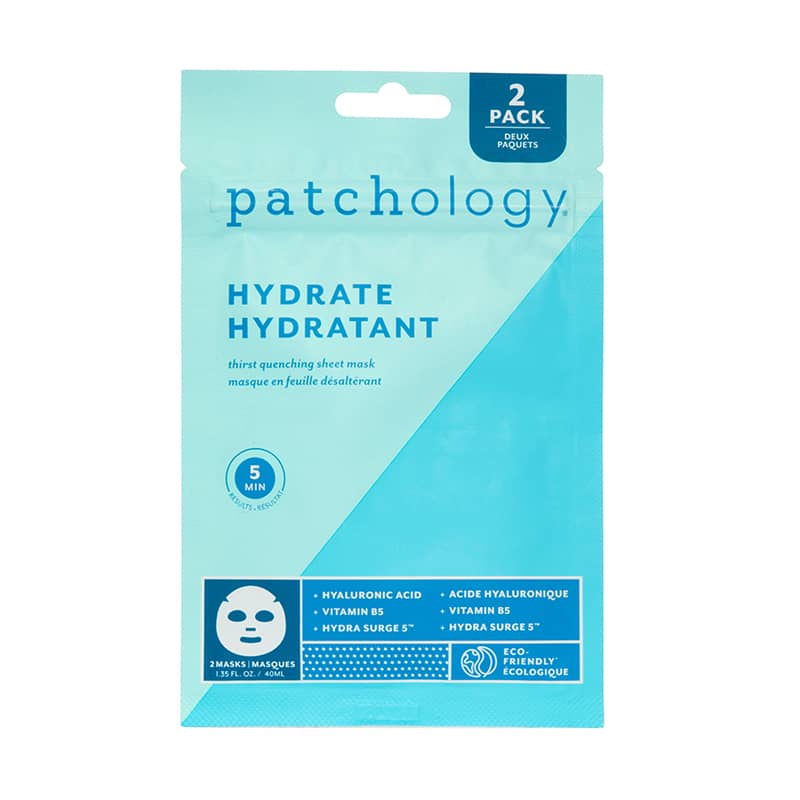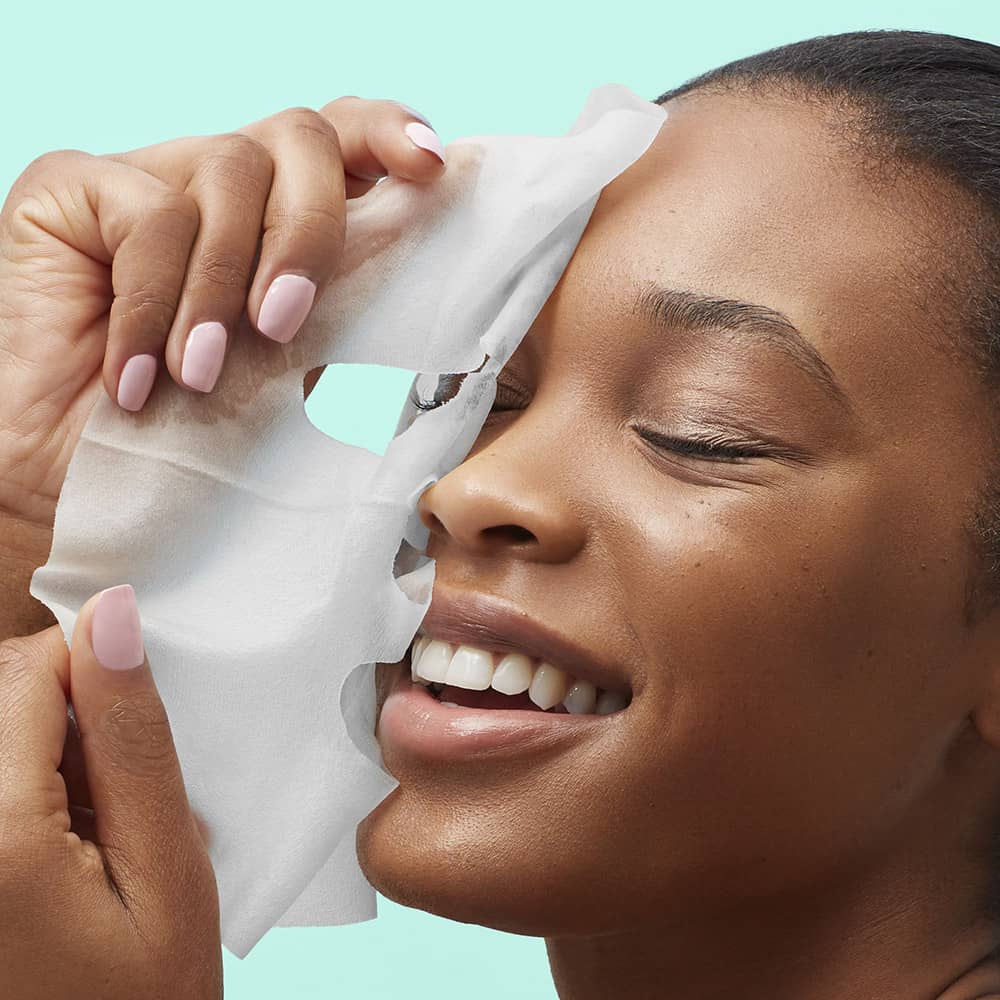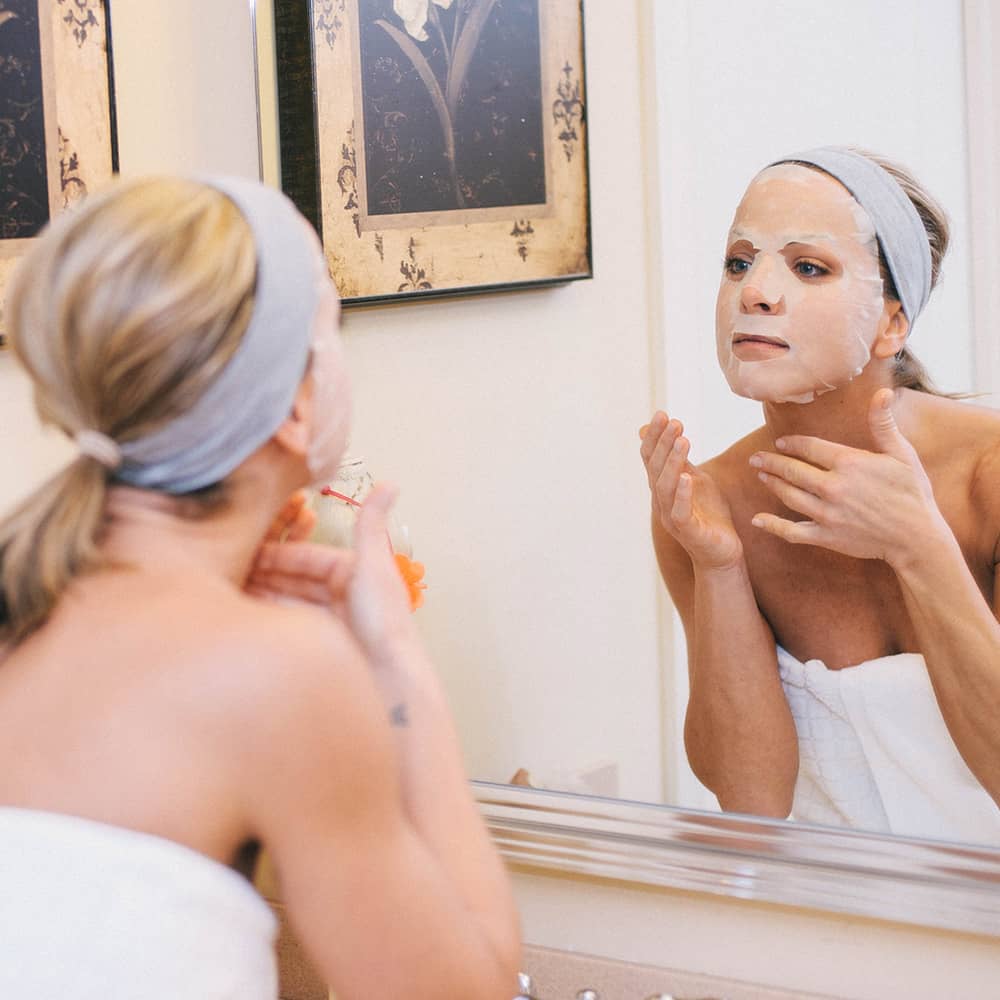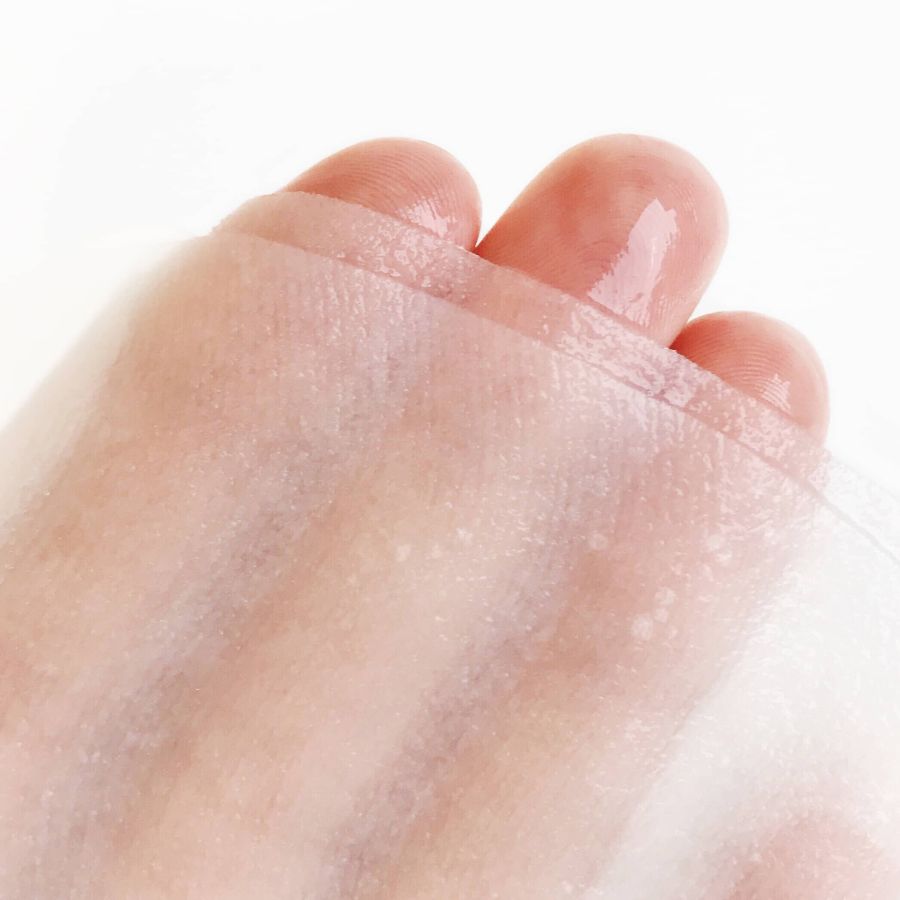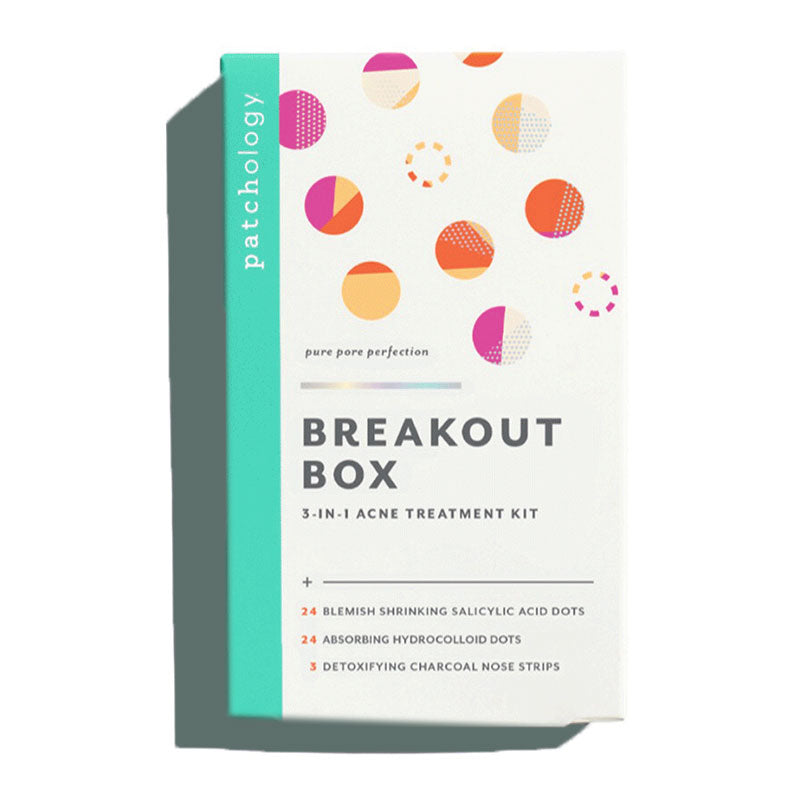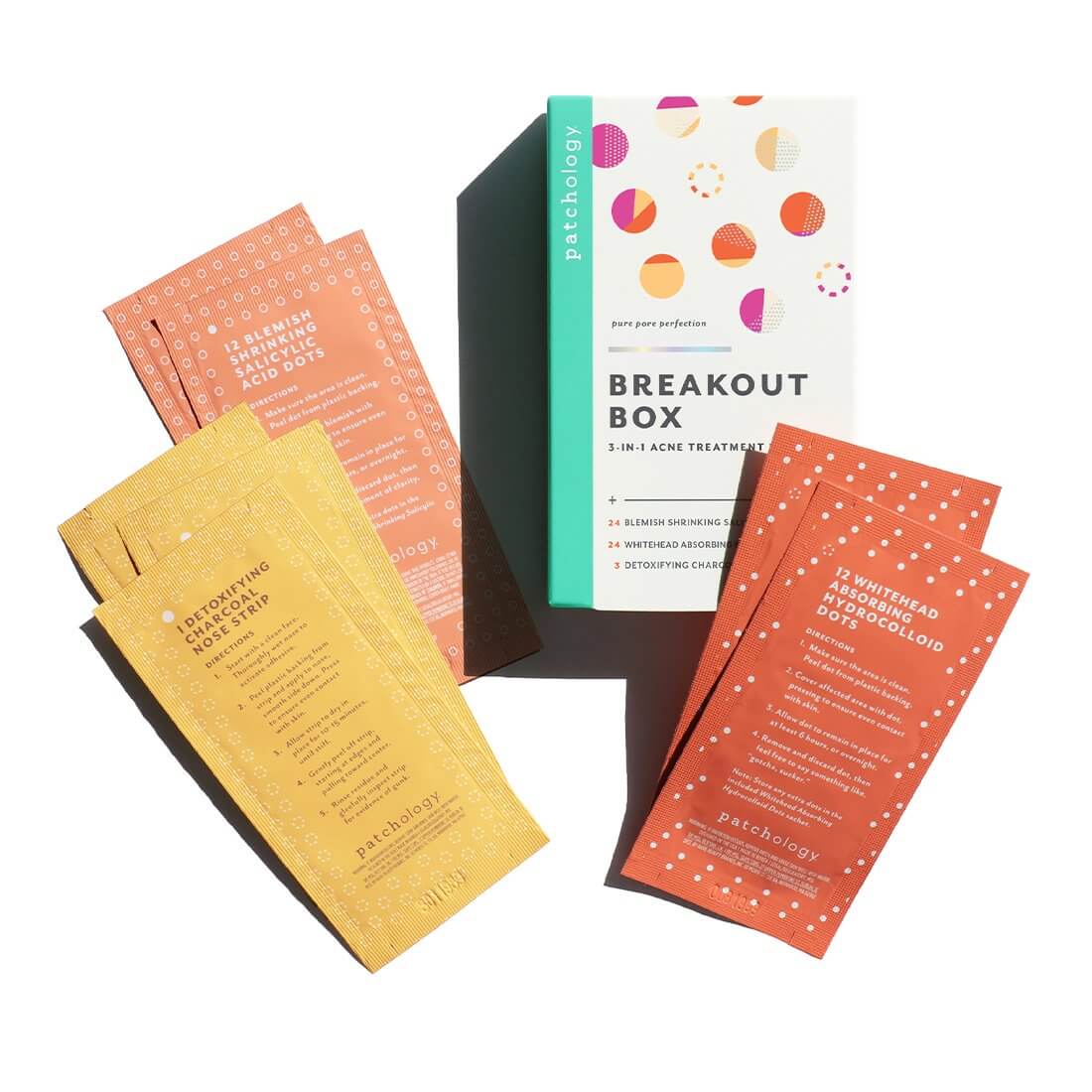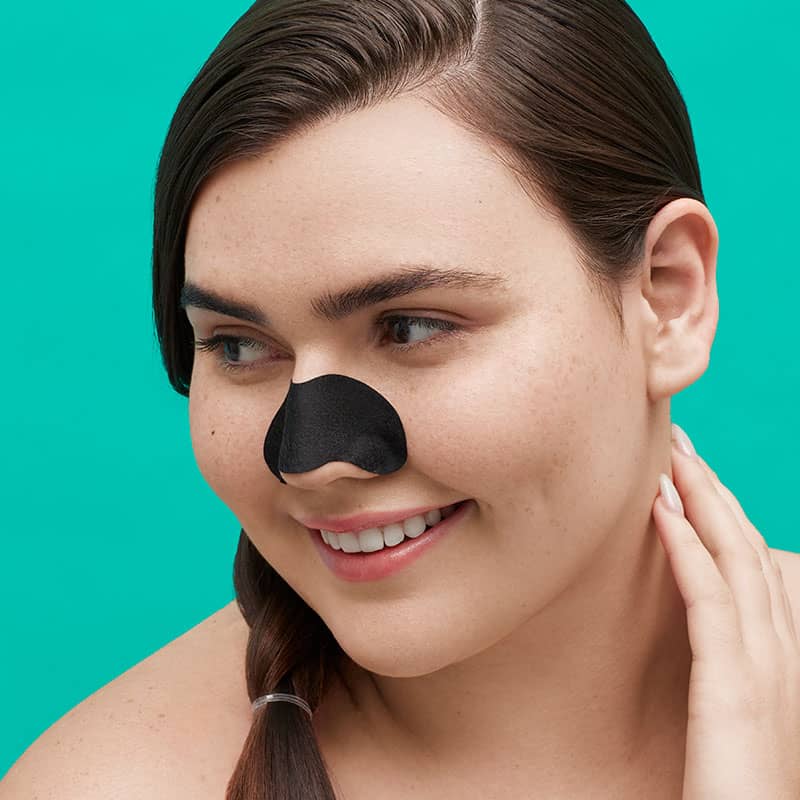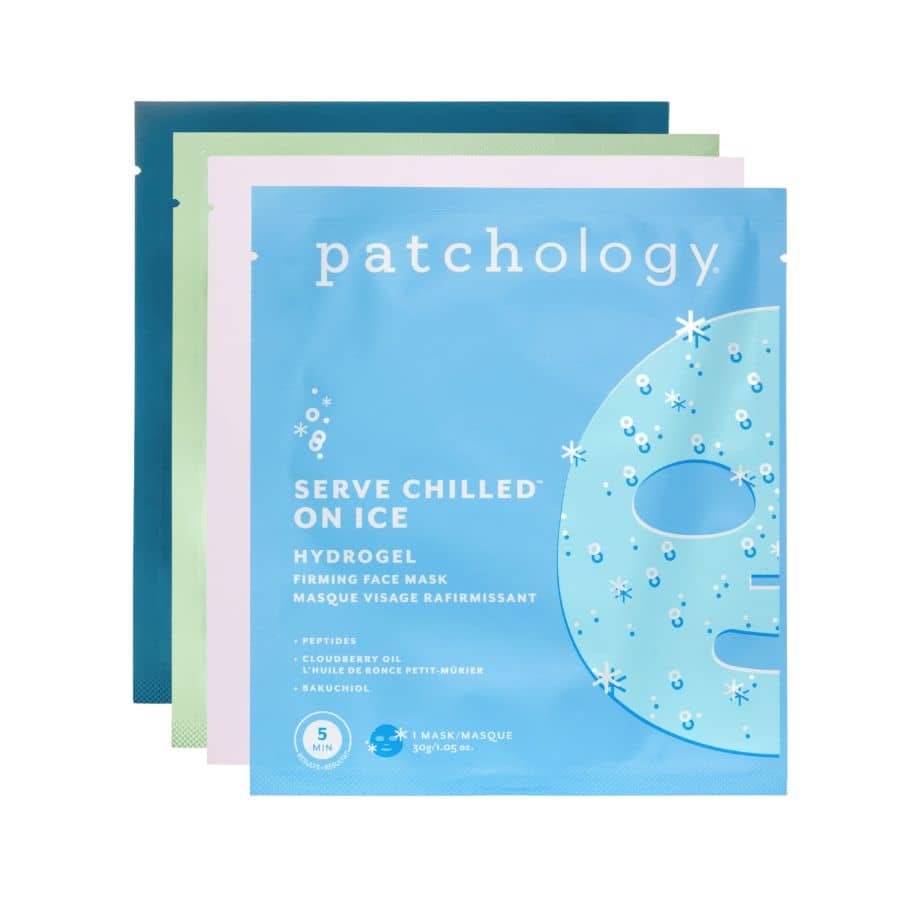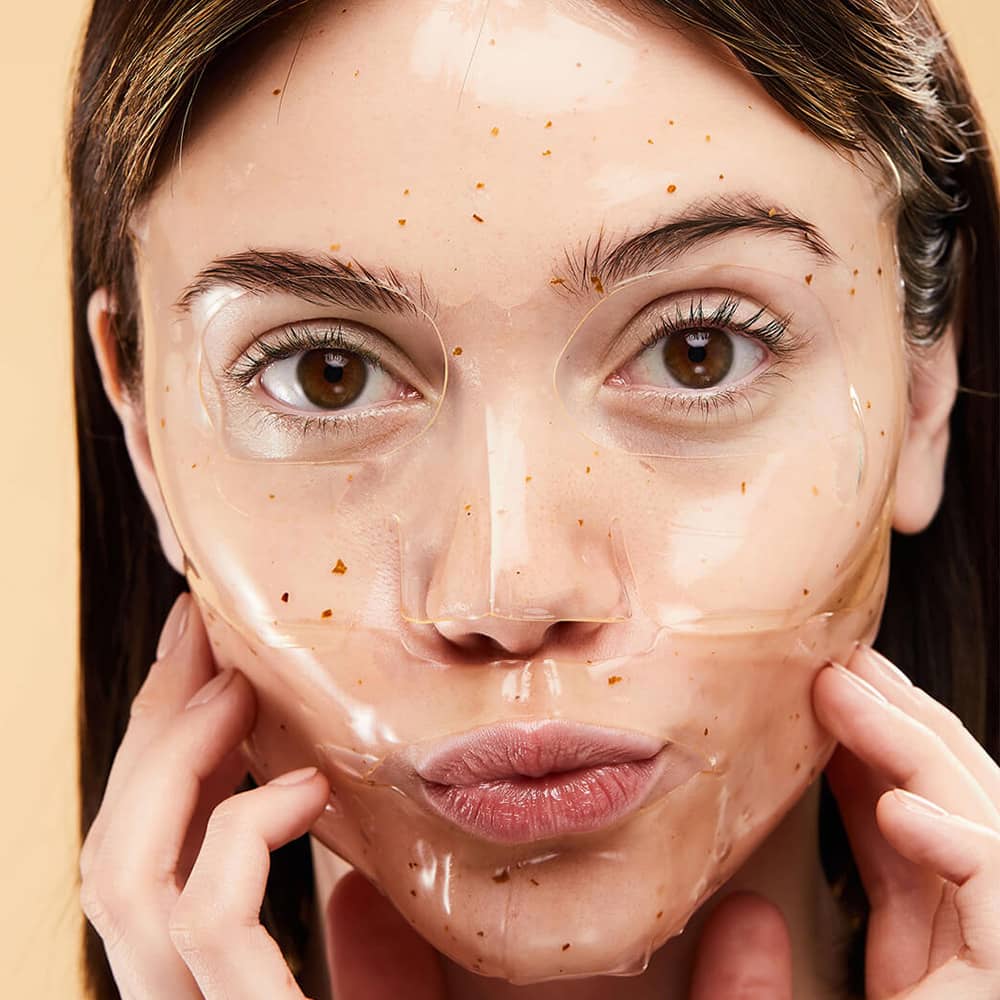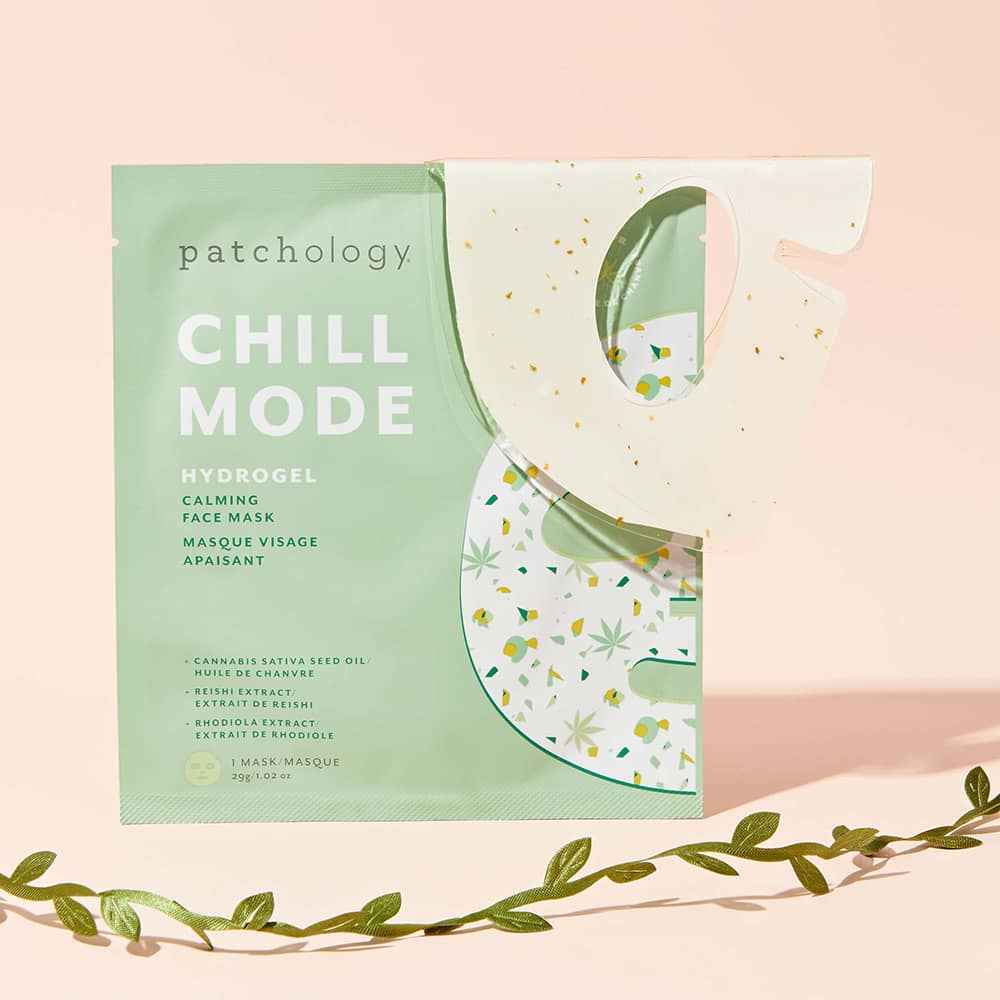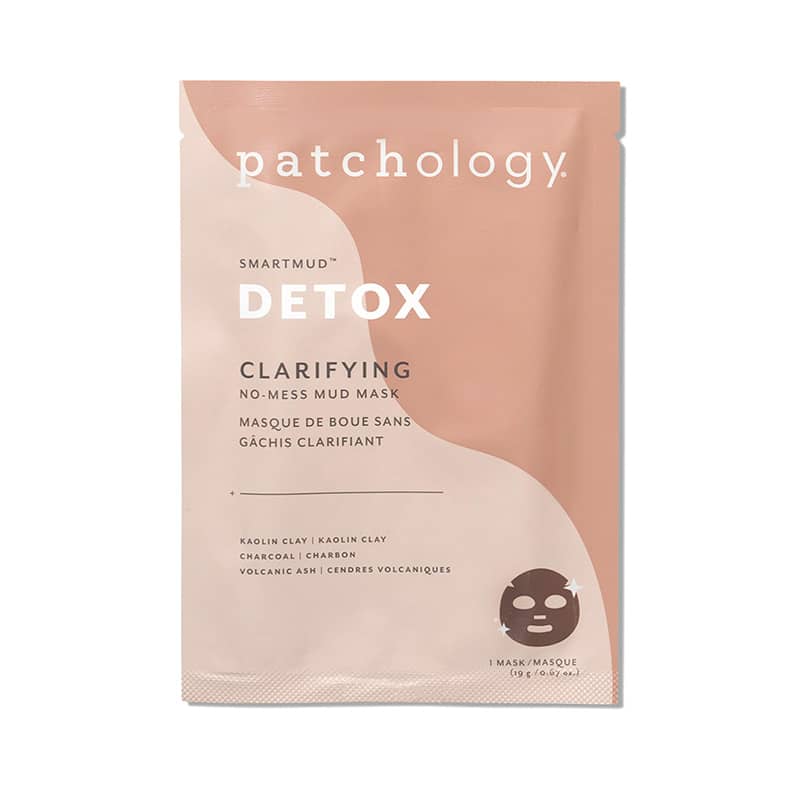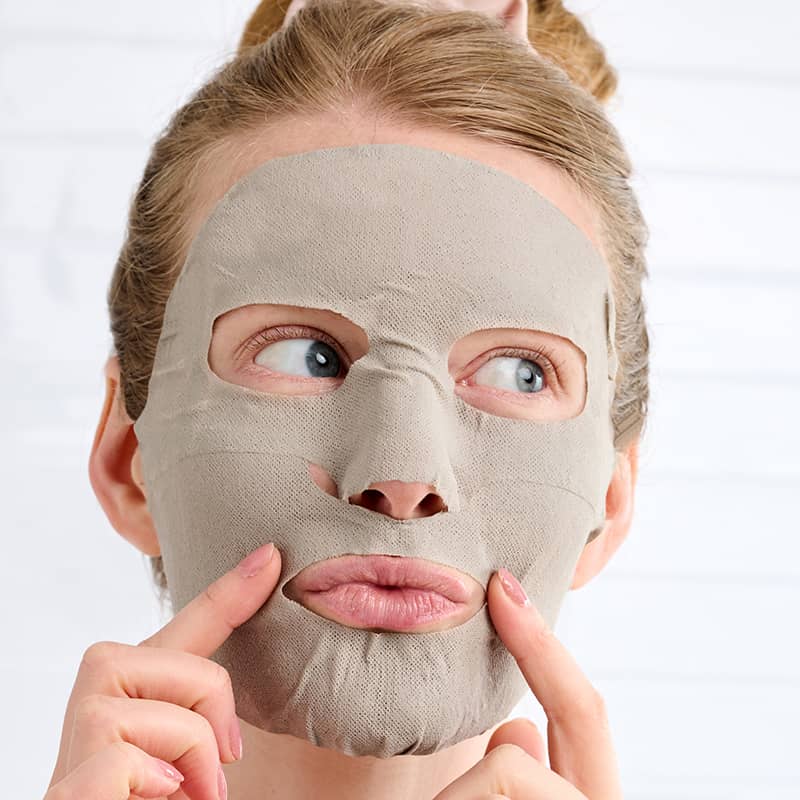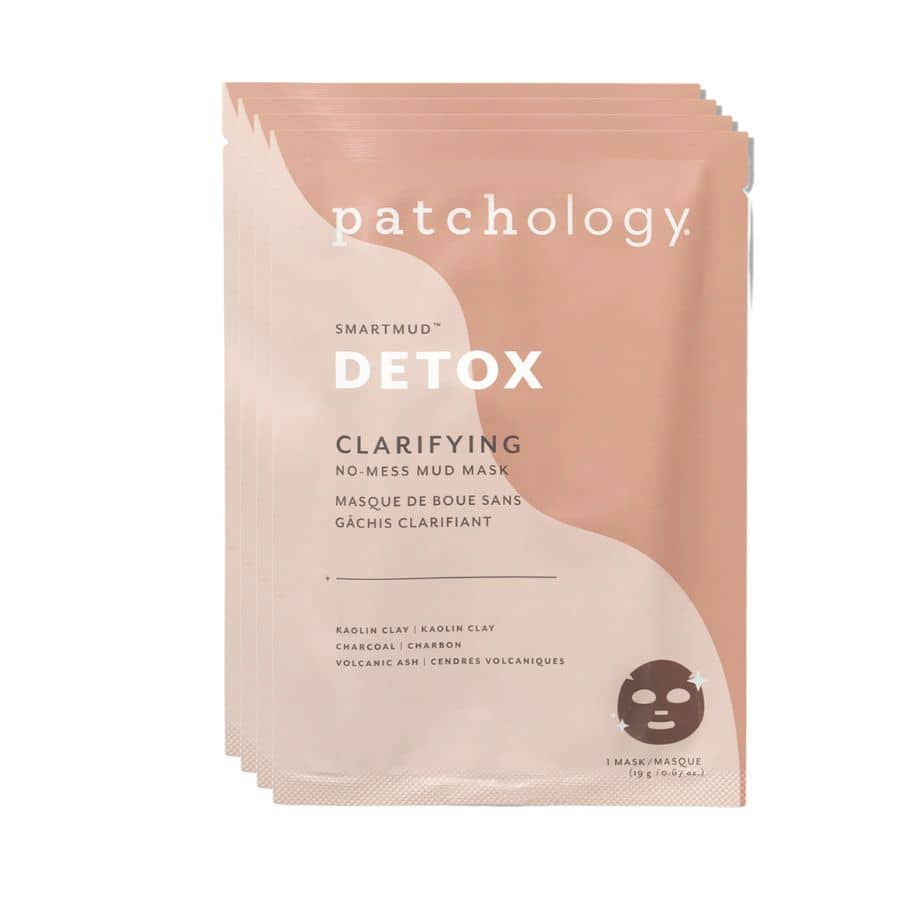The secret to gorgeous skin this season? Start your fall skincare routine before the temperature drops.
When the leaves start their spectacular color transformation, your skin is sending subtle SOS signals that most of us miss entirely. Fall brings cooler weather and a drop in humidity, which makes for dry, stale air and even drier skin, but the real damage happens weeks before you notice that first flake or tight feeling after cleansing. The smartest approach to seasonal skincare isn't reactive—it's preventative, strategic, and surprisingly simple once you know what you're doing.
Consider this your insider's guide to humidity drop skincare, the beauty editor-approved method for maintaining that coveted summer glow well into sweater weather. Because while we can't control Mother Nature's mood swings, we can absolutely outsmart them.
The Science Behind Fall's Skin Sabotage
Let's talk about what's actually happening to your skin when autumn arrives, because understanding the "why" makes all the difference in crafting an effective routine. Research shows that low humidity stimulates epidermal DNA synthesis and amplifies the hyperproliferative response to barrier disruption, while studies in humans demonstrate a reduction in transepidermal water loss with low humidity, alterations in water content in the stratum corneum, decreased skin elasticity and increased roughness.
Translation? When humidity levels drop below 40%—which happens consistently during fall and winter months—your skin literally can't hold onto moisture the way it did during those humid summer days. Research shows humidity levels lower than 10% can dry out the outer layers of skin, while levels of more than 70% can help to hydrate skin. But here's the kicker: heated indoor air during winter results in dry skin, itchy eyes, and persistence of static electric charges, as heating infiltrated outside air indoors raises its moisture capacity, which lowers relative humidity and increases evaporation rates from moist surfaces, including human bodies.
This double whammy—dry outdoor air plus heated indoor environments—creates the perfect storm for skin barrier disruption. The low humidity levels in the air draw moisture from the uppermost layers of the skin, causing visible, top layer dry skin damage. As your skin loses moisture, it feels tighter and appears dull due to flakiness. The result? That post-vacation glow fades faster than your tan, leaving you with skin that feels perpetually thirsty no matter how much moisturizer you slather on.
Understanding this biological process is crucial because it explains why your trusty summer routine suddenly feels inadequate. Your skin isn't being dramatic—it's responding to genuine environmental stress that requires a thoughtful, science-backed approach to address.
Reading the Early Warning Signs
The beauty industry loves to talk about "transitional skincare," but most advice comes too late—after your skin is already showing obvious signs of distress. The pros know to look for subtler signals that appear weeks before the first visible flake. Think of these as your skin's early warning system, the equivalent of those first yellow leaves that signal autumn's approach.
Immediate Post-Cleansing Tightness: If your skin feels even slightly tight immediately after cleansing with your usual products, that's your cue. This isn't normal summer skin behavior and indicates your barrier is already working overtime to retain moisture. This sensation often appears in late August or early September, well before temperatures drop significantly.
Makeup Application Changes: Notice your foundation looking slightly cakey or your concealer seeming harder to blend? This often happens because slightly dehydrated skin creates an uneven texture that affects product application. Beauty editors swear by this test—if your makeup routine suddenly requires more effort to achieve the same results, your skin is telling you something important.
The "Glow Gap": That lit-from-within radiance that comes naturally with properly hydrated skin starts to dim. You might find yourself reaching for highlighter more often or feeling like you look "flat" in photos. This isn't about product failure—it's your skin's natural luminosity diminishing as cellular hydration decreases.
Pro-Tip Insight #1: Keep a skin diary during late summer. Note any changes in how products feel, how makeup applies, or how your skin looks in natural light. These observations become invaluable data for timing your routine transitions and identifying your personal early warning signs for future years.
The key is catching these changes early, before they progress to obvious dryness, flaking, or irritation. By the time you're dealing with visible peeling or persistent tightness, you're playing catch-up instead of staying ahead of the curve—and recovery takes significantly longer than prevention.
The Proactive Prevention Protocol

The most effective approach to humidity drop skincare starts with gradual product layering rather than dramatic routine overhauls. Think of it as easing your skin into its fall wardrobe—you wouldn't switch from sundresses to wool sweaters overnight, and your skincare deserves the same thoughtful transition.
Strategic Timing: Begin this transition in late August or early September, regardless of current weather conditions. It's time to say goodbye to the lightweight, oil-free moisturizer you've been using all summer and bulk up with a heftier hydrator made with ceramides, the essential and healthy fatty acids that occur naturally in the skin but need to be replenished during colder months. The goal is to strengthen your skin barrier before it faces environmental stress, not after damage has already occurred.
The Gradual Introduction Method: Start by using your heavier fall products every other day, alternating with your lighter summer formulas. This allows your skin to adjust without overwhelming it with sudden changes that could trigger sensitivity or breakouts. After a week, increase to daily use of your transitional products while phasing out the summer lightweight options.
Targeted Eye Area Priority: According to beauty editors, eye patches should always be in your skincare arsenal, and this becomes even more critical during seasonal transitions. The delicate eye area shows dehydration first, making it your canary in the coal mine for humidity changes. Incorporating Patchology Eye Patches 2-3 times per week during this transition period helps maintain optimal hydration in the most vulnerable area while delivering peptides and hyaluronic acid directly where they're needed most.
Environmental Optimization: 60 percent relative humidity is the ideal humidity to prevent dry skin, but achieving 30-40 percent humidity in the home may be a more practical goal. Start using a humidifier in your bedroom before you turn on the heat for the season. This proactive approach maintains optimal moisture levels in the air, reducing the stress on your skin barrier from the start.
The beauty of this protocol lies in its subtlety—by making small, consistent adjustments before your skin demands them, you avoid the dramatic changes that can lead to irritation, breakouts, or the dreaded "skin freakout" that happens when you switch too many products at once.
Product Layering for Maximum Hydration
Mastering the art of layering is what separates skincare novices from the pros, especially during humidity transitions. The key is understanding that hydration isn't just about heavy creams—it's about creating multiple moisture barriers that work synergistically to lock in hydration at different levels of your skin.
The Foundation Layer: Start with a hydrating toner or essence immediately after cleansing while skin is still slightly damp. This step is crucial because hyaluronic acid is a humectant that helps bring moisture to the skin, acting as an all-powerful skin hydrating ingredient. Look for products containing hyaluronic acid, glycerin, or botanical extracts that can bind water to your skin's surface.

The Treatment Layer: This is where Patchology Serve Chilled™ Rosé Eye Gels become invaluable. These patches contain hibiscus, coconut extract, and lotus flower for brightening and plumping—not to mention a feel-good rose aroma—making the tea-infused treatment a boost for both your skin and senses. Use these twice weekly during your transition period to deliver concentrated antioxidants and hydration to the eye area while the rest of your routine adjusts.
The Serum Amplification: Layer a hydrating serum containing ingredients like niacinamide, peptides, or vitamin C before your moisturizer. Vitamin C provides antioxidants and protection against free radicals while brightening your complexion by evening skin tone and fading dark marks. This step ensures active ingredients penetrate deeply before you seal everything in with your moisturizer.
The Protective Seal: Finish with a barrier-supporting moisturizer (think Playing Defense to boost your skin's barrier) that contains ceramides, fatty acids, or squalane. During transition periods, consider using a slightly heavier formula than usual—your skin will thank you as humidity levels continue to drop throughout the season.
Targeted Treatments That Actually Work
 While a solid daily routine forms the foundation of humidity drop skincare, strategic weekly treatments can make the difference between good skin and great skin during seasonal transitions. The key is choosing treatments that address specific fall skin concerns rather than generic "anti-aging" or "brightening" formulas.
While a solid daily routine forms the foundation of humidity drop skincare, strategic weekly treatments can make the difference between good skin and great skin during seasonal transitions. The key is choosing treatments that address specific fall skin concerns rather than generic "anti-aging" or "brightening" formulas.
Weekly Intensive Hydration: Using an overnight face mask is a great way to give your skin some extra love, with nourishing ingredients like hyaluronic acid helping draw moisture into your skin and replenish lost hydration. Patchology Hydrate FlashMasque® delivers this intensive treatment in just 5 minutes, making it perfect for busy fall schedules when shorter daylight hours leave less time for lengthy skincare routines. The concentrated hyaluronic acid and peptide formula works to restore moisture levels that have been depleted by environmental changes.
Strategic Exfoliation: Fall is a great time to start using stronger AHAs and BHAs, as they could sensitize the skin during summer with lots of sun exposure, but the approach should be measured and intentional. Patchology Exfoliate Mate Mood Mask provides just the right level of exfoliation that removes summer's accumulated damage while preparing skin to better absorb the heavier moisturizers and treatments you'll be layering throughout fall and winter.
Barrier Repair Focus: Look for treatments specifically formulated to strengthen the skin barrier rather than just provide temporary hydration. Ingredients like ceramides, cholesterol, and fatty acids work to rebuild the protective barrier that humidity changes compromise. This is particularly important during the transition period when your skin is most vulnerable to environmental stressors.
Antioxidant Protection: Skin antioxidants can literally be depleted by summer environmental exposure, making fall the perfect time to replenish these protective compounds. Patchology Illuminate FlashMasque® delivers vitamin C and other antioxidants in a concentrated treatment that helps protect against the environmental changes that come with seasonal transitions.
Pro-Tip #2: Schedule your intensive treatments for Sunday evenings when you have time to relax and let products fully absorb. This timing also means you'll wake up Monday with refreshed, hydrated skin that photographs beautifully and provides the perfect base for makeup application throughout the week.
The most effective targeted treatments work with your skin's natural repair processes rather than against them. By focusing on barrier support, gentle exfoliation, and antioxidant protection, you're giving your skin the tools it needs to adapt successfully to changing environmental conditions.
The Eye Area Exception
 The delicate skin around your eyes deserves special mention because it's often the first area to show signs of humidity-related stress—and unfortunately, it's also the area many people neglect in their transitional routines. Eye patches use highly-advanced delivery systems to accelerate the delivery of caffeine and collagen, which plumps and hydrates, making them particularly effective during seasonal transitions when this area needs extra support.
The delicate skin around your eyes deserves special mention because it's often the first area to show signs of humidity-related stress—and unfortunately, it's also the area many people neglect in their transitional routines. Eye patches use highly-advanced delivery systems to accelerate the delivery of caffeine and collagen, which plumps and hydrates, making them particularly effective during seasonal transitions when this area needs extra support.
Why Eyes React First: The skin around your eyes is approximately 40% thinner than the skin on the rest of your face and contains fewer oil glands, making it inherently more susceptible to dehydration. When humidity levels drop, this area shows the effects first—fine lines become more pronounced, dark circles appear deeper, and the skin feels tighter.
The Professional Approach: Beauty editors consistently recommend having eye patches in your skincare arsenal, describing them as "a cool treat for your tired eyes" and noting their fast-acting formula that delivers serious results. Patchology On Ice Eye Gels provide caffeine to improve microcirculation and reduce puffiness while delivering hydrolyzed collagen to improve skin elasticity—exactly what this delicate area needs as environmental conditions change.
Timing and Frequency: During the transition period, increase eye patch usage to 3 times per week rather than the typical once or twice weekly routine. This extra attention helps maintain optimal hydration levels in the most vulnerable area while your overall routine adjusts to seasonal changes.
Environmental Optimization Strategies

Your skincare routine is only part of the equation—optimizing your environment plays an equally crucial role in preventing humidity-related skin issues. Using a humidifier will help put moisture back into the air and minimize the drying effects, as the dry outside air is warmed by central heating units, further lowering humidity levels. The key is implementing these changes before you need them, not after your skin is already showing signs of distress.
Strategic Humidifier Placement: Position humidifiers in rooms where you spend the most time—typically your bedroom and main living areas. You can use a humidifier to increase the amount of moisture in the air, which in turn can decrease the feeling of dry skin. Run them consistently throughout the fall season, not just when heating systems are active, to maintain steady humidity levels that support healthy skin function.
Sleep Environment Optimization: Your bedroom environment significantly impacts skin recovery and hydration retention overnight. Keep humidity levels between 40-50% in sleeping areas, and consider using Patchology Restoring Night Eye Patches weekly during this transition period. These patches are soaked in a serum containing retinol, arnica, peptides, and squalane—even when the patches are removed, the serum remains to work throughout the night, maximizing the repair and hydration process while you sleep.
Workplace Considerations: Office environments with central heating and air conditioning can be particularly challenging for maintaining skin hydration. Keep a hydrating facial mist at your desk and use it throughout the day to counteract the drying effects of climate-controlled environments. This simple step can prevent the cumulative dehydration that builds up during long workdays in artificial environments.
Temperature Management: The relative humidity indoors increases as temperature falls, and often the reason behind dry indoor air is overly high room temperature. Keep it between 21–22 degrees celsius. Maintaining slightly cooler indoor temperatures reduces the strain on your skin while allowing humidity levels to remain more stable throughout the day.
The goal is creating a skin-supportive environment that works with your skincare routine rather than against it. These environmental adjustments might seem minor, but their cumulative effect on skin health and comfort throughout the fall season is significant.
Long-Term Success Through Seasonal Adaptation
 The most successful approach to humidity drop skincare extends beyond just the fall transition—it's about building a sustainable system that adapts to your skin's changing needs throughout the year. When temperatures start to drop, typically oily skin tends to become drier due to less humidity in the air, and you may experience seasonal skin concerns that range from breakouts to redness to dullness. Understanding these patterns allows you to anticipate and address changes before they become problematic.
The most successful approach to humidity drop skincare extends beyond just the fall transition—it's about building a sustainable system that adapts to your skin's changing needs throughout the year. When temperatures start to drop, typically oily skin tends to become drier due to less humidity in the air, and you may experience seasonal skin concerns that range from breakouts to redness to dullness. Understanding these patterns allows you to anticipate and address changes before they become problematic.
Building Your Seasonal Skincare Wardrobe: Just as you have different clothing for different seasons, your skincare collection should include products specifically chosen for various humidity and temperature conditions. This doesn't mean completely different routines—rather, it means having backup options that you can seamlessly integrate when environmental conditions change. Keep lightweight hydrating serums for humid days, richer creams for dry periods, and intensive treatments like Patchology FlashMasque® collections for weekly maintenance throughout different seasons.
Monitoring and Adjusting: Pay attention to how your skin responds not just to major seasonal changes, but to daily variations in humidity and temperature. Fall weather can be particularly unpredictable, with humid summer-like days followed by crisp, dry autumn conditions. Having a flexible approach that allows you to adjust product intensity based on daily conditions will serve you better than rigidly following the same routine regardless of external factors.
The Prevention Mindset: The start of fall should coincide with skin renewal and repair from the ravages of summer sun and heat, making this season the perfect time to establish healthy long-term habits. Rather than viewing fall skincare as damage control, approach it as an opportunity to strengthen your skin's resilience for the challenges ahead. This positive, proactive mindset makes the difference between reactive skincare that constantly plays catch-up and strategic skincare that keeps you ahead of the curve.
Professional Support When Needed: Sometimes the best DIY approach includes knowing when to seek professional help. If your skin shows signs of persistent irritation, unusual sensitivity, or doesn't respond to your adjusted routine within 2-3 weeks, consult with a dermatologist or experienced esthetician. They can help identify specific barrier issues or underlying conditions that might require targeted treatment beyond what even the best at-home routine can address.
Remember that successful seasonal skincare isn't about perfection—it's about consistency, observation, and gradual adjustment. As beauty editors note, the key is treating skincare as the best form of self-care, which means being patient with your skin as it adapts to changing conditions and celebrating the small improvements that compound over time.
Your Fall Action Plan
Implementing humidity drop skincare doesn't have to be overwhelming or expensive. The key is starting with strategic additions to your existing routine rather than a complete overhaul, then building complexity as your skin's needs become clearer. Here's your week-by-week transition guide that beauty editors swear by for maintaining gorgeous skin through fall's unpredictable weather patterns.
Weeks 1-2: Foundation Setting: Begin by incorporating Patchology Eye Patches twice weekly while maintaining your current routine. Add a humidifier to your bedroom and start using it nightly, regardless of whether you're running heat yet. These small changes establish the foundation for more significant adjustments while allowing your skin to gradually adapt.
Weeks 3-4: Product Integration: Introduce one heavier product—either a richer moisturizer or a hydrating serum—using it every other day while alternating with your lighter summer formulas. Pay attention to how your skin responds and adjust frequency based on daily humidity levels and how your skin feels post-cleansing.
Weeks 5-6: Treatment Addition: Add Patchology Hydrate FlashMasque® to your weekly routine for intensive hydration support. This is also the time to assess whether your cleansing routine needs adjustment—many people find they need to switch to gentler, more hydrating cleansers as humidity drops and heating systems begin operating.
Ongoing Maintenance: Continue monitoring your skin's response and make micro-adjustments as needed. Some days you might need the full fall routine, while others might require only minor modifications to your summer approach. This flexibility is what separates good skincare from great skincare—the ability to respond to your skin's daily needs rather than rigidly following the same routine regardless of conditions.
Holiday Preparation: As you move deeper into fall, start preparing for winter's more extreme conditions by gradually introducing even richer products and increasing treatment frequency. The goal is maintaining healthy, hydrated skin that provides the perfect canvas for holiday makeup and photos, while building resilience for winter's harsh conditions.

The secret to gorgeous fall skin isn't found in expensive miracle products or complicated routines—it's in understanding your skin's needs before they become urgent and responding with thoughtful, consistent care. By starting your humidity drop skincare routine before the temperature drops, you're not just preventing dry skin; you're investing in skin that looks healthy, feels comfortable, and maintains that coveted glow regardless of what Mother Nature throws your way.
Remember, the best skincare routine is one you'll actually follow consistently. Start with small changes, pay attention to your skin's responses, and build complexity gradually. Your skin—and your confidence—will thank you when you're still glowing while everyone else is dealing with fall skin blues.
Ready to transform your fall skincare game? Start with the basics: a good humidifier, quality eye patches, and the patience to let your skin adapt gradually. Trust the process, and prepare to have the best skin of your life this season.



